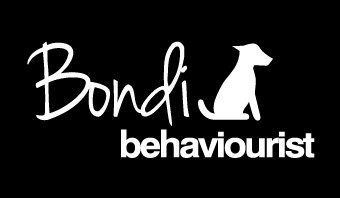How to socialise your dog in Sydney (but everywhere really)
The Right Way to Socialise Your Dog: Listening and Observing
Socialising your dog is a crucial part of their development and emotional well-being. However, many dog owners in Sydney and beyond make the mistake of thinking that simply putting their dogs into a lot of social situations will make them social. This blog explores the importance of quality over quantity, thoughtful socialisation and how observing the interaction your dog is having with others and their surroundings can help create positive social experiences.
Why Forcing Socialisation Doesn’t Work
Forcing a dog to remain in an uncomfortable social situation can lead to negative associations and long-term behavioral issues. When dogs are overwhelmed or stressed in social environments, keeping them in that situation may cause:
Increased Anxiety: Dogs may become more nervous and apprehensive in future social encounters.
Defensive Behavior: Negative experiences can lead to reactivity or aggression as a defense mechanism.
Guarded Interactions: Dogs may learn to be distrustful of other dogs and people.
This is going to be their memory of the situation and what they will turn up anticipating next time they’re in similar circumstances. Rather than making dogs more social, forcing them into these situations often backfires.
How to Socialise Thoughtfully
The key to successful socialisation is not about hovering like a "helicopter parent," but rather observing the conversation your dog is having. How are they responding, are they able to recover from negative interactions or do they need more support? Ultimately we want to be there for them if needed, for them to know we’re there if needed but not to micromange and step in unnecisarily.
1. Observe the Situation: Watch how the interaction is progressing. Is your dog relaxed and curious, or are they showing signs of stress? Pay attention to body language cues such as tucked tails, flattened ears, or excessive yawning.
2. Be Ready to Protect Their Exit Route: Ensure your dog has a clear path to leave the situation if they become overwhelmed. Teaching them that they can leave if they want to can prevent negative associations.
3. Recognize Stress Signals: If your dog is stressed and not recovering or if the other dog is being overly obnoxious, it’s time to remove your dog from the situation.
4. Build Positive Associations: Gradually expose your dog to social situations where they can have positive experiences. Reward calm and confident behavior.
Why Protecting the Exit Route Matters
Allowing your dog to exit uncomfortable situations reinforces the idea that you are a source of safety and security. This builds trust between you and your dog and helps them develop confidence in social settings.
Dogs that feel safe and supported are more likely to:
Engage positively with other dogs and people.
Develop resilience and confidence.
Build healthy social skills without fear or defensiveness.
Conclusion
Socialising your dog doesn’t mean throwing them into every social situation and hoping they adapt. Thoughtful socialisation involves listening to your dog, observing interactions, and protecting their exit route when necessary. By creating positive social experiences, you set your dog up for a lifetime of confident and happy interactions.
For dog owners in Sydney looking for professional guidance on socialisation, puppy training, or how to train a reactive dog, consider seeking expert advice from trainers who prioritize thoughtful, dog-centric approaches.

